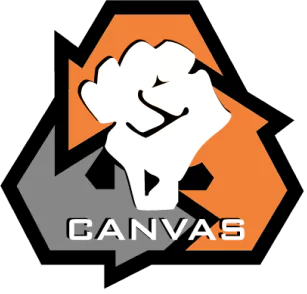Aug 6, 1977-1977
Aruba
Aruba Pro-Independence Campaign
Share
ACTIVISTS/ACT.GROUPS/DESCRIPTION OF THE GROUP
The popular electoral movement and Betico Croes
TARGET
Government of the Netherland and the Netherlands Antilles Council
WIDELY HELD BELIEF
People have rights to boycott foreign goods if the other country shows unfair treatment.
CASE NARRATIVE
Issue and Opponent: Residents of the Caribbean island of Aruba were ignored and mistreated for centuries. Aruba was colonized by the Spanish in 1499 and then by the Dutch in 1636. The indigenous people of Aruba were the Antillean Arawak, also called the Taino. Unlike surrounding islands, the colony of Aruba was home to only small numbers of enslaved people of African descent and thus came to have a different ethnic identity. Aruba’s geographic and cultural proximity to Venezuela and Colombia also contributed to many Arubans’ self-perception of being ethnically white or Latin American. Aruba was largely considered irrelevant by the Netherlands Antilles government until valuable phosphate and gold assets were discovered and an oil refinery was constructed in the 1920s. Despite its economic assets, Aruba was continually sidelined by Curaçao, the island which dominated the Netherlands Antilles government. Arubans shared a unique ethnic and cultural identity that distinguished them from populations on other Caribbean islands, especially from the predominantly African heritage of Curaçao residents. By the 1970s, Aruba’s desire for autonomy was clear. In 1976, the island adopted an Aruban flag and an Aruban national anthem. On March 25, 1977, Aruba held a referendum in which 82% of voters expressed support for Aruban’s independence from the Netherlands Antilles. Aruba’s perception of its unfair treatment by Curaçao was confirmed in 1977 when eight elected representatives from the majority party in Aruba (People’s Electoral Movement, MEP) were excluded from the proceedings of the central government.
Dilemma Action: In response to his party’s exclusion from the Parliament, Gilberto Francois “Betico” Croes led an Aruban boycott of Curaçao-made goods beginning on August 6th, 1977. Croes’ campaign was widely popular and supported by numerous unions, including the Aruba Chamber of Commerce and the Trade and Industry Association. After six days of boycotts and demonstrations, the central government in Curaçao sent riot police to end the strike, as they feared it would lead to Aruban secession. However, the arrival of riot police and the arrests of some movement leaders only encouraged further strikes. Operations of the island ground to a halt – stores closed, the airport shuttered, and essential services were not operating. During the strikes, the MEP party emphasized Aruba’s Latin American heritage and ethnic distinctness as an implicit justification for Aruban’s autonomy.
Outcomes: As a result of the 1977 unrest, the Netherlands Antilles government realized that the question of Aruban independence could not continue to be ignored. The boycott and subsequent strikes drew widespread international media attention, especially because the closure of the airport stranded around 1500 tourists on the island, attracting the attention of their home countries. In 1981 and 1983, Betico Croes of the MEP party traveled to The Hague to represent Aruba at conferences to determine Aruba’s status. By 1986, Aruba had obtained Status Aparte or autonomous status within the Kingdom of the Netherlands. Since 1986, Aruba has run its internal affairs independently, with the Dutch government in control of matters of defense and foreign affairs. Betico Croes gained fame and adoration as a result of his leadership in the boycott and his advocacy for Aruban’s self-determination. In Aruba, January 25th is Betico Day to remember the Liberator of Aruba. The boycott of goods in August 1977 was a part of the larger Aruban movement for self-determination.
PRIMARY STRUGGLE/GOAL
NONVIOLENT TACTICS USED
DA TACTICS USED
Consumers’ boycott
CASE NARRATIVE WRITER
SUCCESS METRICS
9 / 12
(CONC) Concessions were made
(EREP) Dilemma action got replicated by other movements
(MC) Media Coverage
(MSYMP) Media coverage was sympathetic to the activists
(PS) Dilemma action built sympathy with the public
(PUN) Punishment favored the activists
(REFR) Dilemma action reframed the narrative of the opponent
(RF) Dilemma action reduced fear and/or apathy among the activists
(SA) Dilemma action appealed to a broad segment of the public
PART OF A LARGER CAMPAIGN
3 / 3
Activist group continued working together after the action
Encouraged more participants to join the movement
Internally replicated by the same movement
RESOURCES
Project documentation
Dilemma Actions Coding Guidebook
Case study documentation
Dilemma_Actions_Analysis_Dataset
SOURCES
Brill. 2016. “NWIG: New West Indian Guide,” KITLV Royal. Retreived July 20, 2023. (https://www.jstor.org/stable/e26552010).
www.jstor.org/stable/43645156. Accessed April 15, 2022.
BBC. 2020. “Aruba Profile,” April 5. Retrieved July 20, 2023. (https://www.bbc.com/news/world-latin-america-20145233).
Aruba Gobierno. “Betico Day,” Historia di Aruba. Retrieved July 20, 2023. (https://www.government.aw/home-eng/betico-day_48090/).
Britannica. “History of Aruba,” Retrieved July 20, 2023. (https://www.britannica.com/place/Aruba/History).
Related cases
Mar 1, 1984-1984
Nigeria
Pan Ocean Oil in Nigeria had seized land from the people without compensation and had caused pollution damage. The community did not have a reliable water well or elec...
/
Apr 25, 1974-1974
Portugal
The Carnation Revolution was a bloodless coup in which almost no shots were fired. The Estado Novo regime, formally known as the Second Portuguese Republic, started in...
/
Nov 1, 1981-1987
Norway
Conscription in Norway was constitutionally established in 1907. Since then, military service has been mandatory for both men and women. In the 1980s, men began to opp...
/
Subscribe to our newsletters to get full access to all materials on our website.

